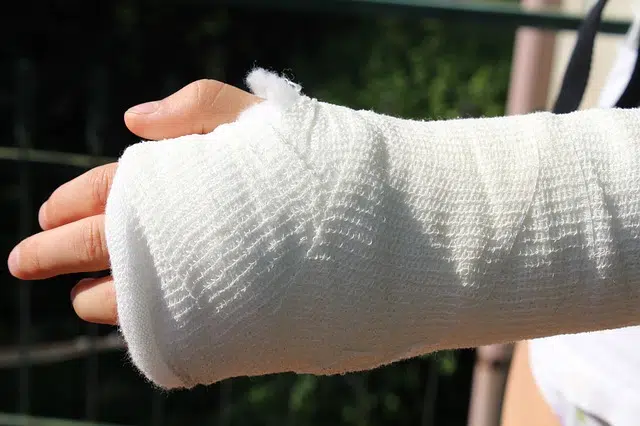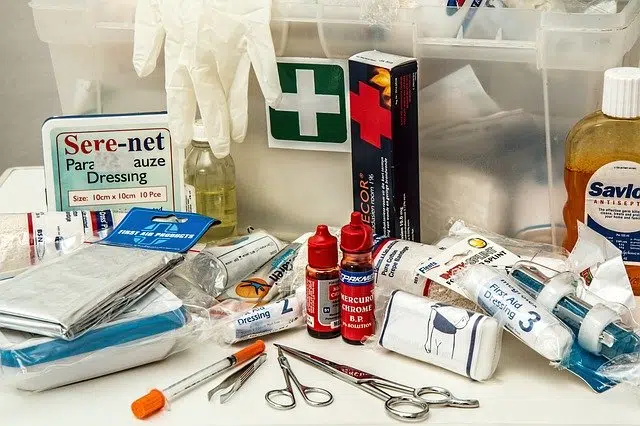
A bandage consists of wrapping a part of the body that has an injury or wound.
A bandage is the technique that involves wrapping a part of the body that has a wound or injury . The bandage is usually used to hold a dressing , a splint or some element that has a therapeutic use.
For example: "The doctor gave me a bandage so that I wouldn't move my wrist so much" , "A witness to the accident soon came to help and gave the injured man a bandage" , "In yesterday's game, the Moroccan player used a special bandage on his right leg .
Specifically, among the main types of bandage are the circular one, which is developed around a cylindrical limb of the patient; the herringbone, in which the bandage is placed in a spiral shape; and the recurring one, which is used for fingers and head.
Utility of a bandage
Bandages are usually used to immobilize an injury to a joint or bone. Suppose a person sprains his ankle when he bends his foot on a slope in the street. When you go to the doctor, the specialist gives you a compressive bandage to limit movement in the area and also gives you an anti-inflammatory.
A bandage may also be developed to cover a skin injury or to contain bleeding . In a two-car crash, a woman suffers a cut on her left arm. An ambulance arrives at the scene to assist the injured: observing that the woman is bleeding, a nurse puts a bandage on her to stop the bleeding.
Thanks to a bandage it is possible to minimize the risk of infection of a wound. While said wound is open (that is, while the skin does not regain its continuity), it is recommended that it be covered with a bandage or dressing to prevent the entry of microorganisms.

Bandages are often part of first aid.
Recommendations for patients
It is important for the patient who is subject to a bandage to follow a series of recommendations in this regard, such as these:
-You must be attentive to prevent injuries from appearing or your limbs from becoming numb.
-If you feel a lot of discomfort or pressure in the area, you should go to the doctor so that the bandage can be properly checked.
-To the extent possible, you should keep the part of the body that has the bandage elevated and you should avoid making sudden movements with it.
Poorly made bandage
In addition to the above, it is worth knowing that, sometimes, unexpected situations can occur that result in a poor bandage. Specifically, it can be considered that this has been carried out inadequately or that it has not achieved the desired goal when these circumstances occur:
-The limb has been improperly positioned before placing it and this results in discomfort in the patient and even muscle tension.
-The so-called understanding syndrome has been generated. It occurs when the bandage has been applied excessively, which causes the fingers or toes to begin to have a cyanotic appearance. Not to mention that they become very cold and that the person feels that their limb is completely numb.
